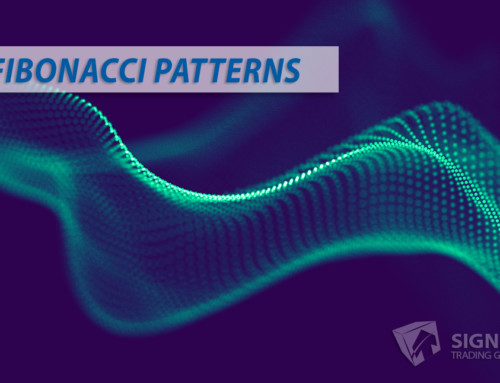The Gartley Pattern
Patterns greatly impact commodity trading. One particularly interesting pattern that has gained significant attention in the trading world is the Gartley 222 pattern. In today’s blog post, we shall explore this unique market pattern’s history, characteristics, and application while offering insights into its real-world impact and trading advice.
The Origins and Significance of Gartley 222
Named after its creator, H.M. Gartley, the Gartley 222 pattern was first introduced in his groundbreaking book “Profits in the Stock Market,” published in 1935. The pattern is characterized by its distinctive “M” or “W” shape, formed by precise Fibonacci ratios. It is considered a powerful reversal pattern, indicating potential trend reversals for market participants.
Methodology: Understanding the Gartley 222 Pattern
The methodology behind the Gartley 222 pattern involves five critical points: X, A, B, C, and D. Here are the crucial requirements:
1. XA Leg: The initial leg, XA, is the foundation of the pattern and can be either bullish or bearish. It sets the stage for the other legs.
2. AB Leg: Following the XA leg, the market retraces to establish a new point, B. The ideal retracement ratio for the AB leg is 61.8% of the XA leg.
3. BC Leg: The market then changes direction and moves towards point C. The ideal retracement ratio for the BC leg is 38.2% or 88.6% of the AB leg.
4. CD Leg: Finally, the market reverses again to reach the last point, D. The CD leg is considered the most critical, where traders actively consider entering positions. The CD leg should be 127.2% or 161.8% of the BC leg and 78.6% of the XA leg.
When evaluating the potential impact of the Gartley 222 pattern on their trading decisions, investors consider multiple factors, such as confluence levels, risk-reward ratios, and market momentum.
Trading Advice: Implementing Gartley 222 in Your Practice
To successfully incorporate the Gartley 222 pattern in your trading practice, consider the following tips:
- Confirm the Fibonacci ratios: The first step is to confirm the Fibonacci ratios at each point. If any ratios deviate from the ideal percentages, it is best to avoid entering the trade.
- Utilize confluence levels: To maximize profits, traders should identify other technical indicators that can add value and support their analysis. This could include indicators such as moving averages, trend lines, or Elliot Waves.
- Manage risk: As with any trading strategy, managing the risk associated with each order is essential. Risk management practices should always be followed to limit potential losses and protect capital.
By following these strategies and combining the Gartley 222 pattern with other reliable technical indicators, traders can capitalize on potential reversals while reducing the risk of losses.
Conclusion
The Gartley 222 pattern has been used by traders for decades, and rightfully so. When identified correctly and combined with other technical indicators, it can be a potent tool in forecasting market direction and profiting from trend reversals. By understanding its methodology and applying appropriate trading advice, traders can benefit from the Gartley 222 pattern and its potential to produce profitable trades.




